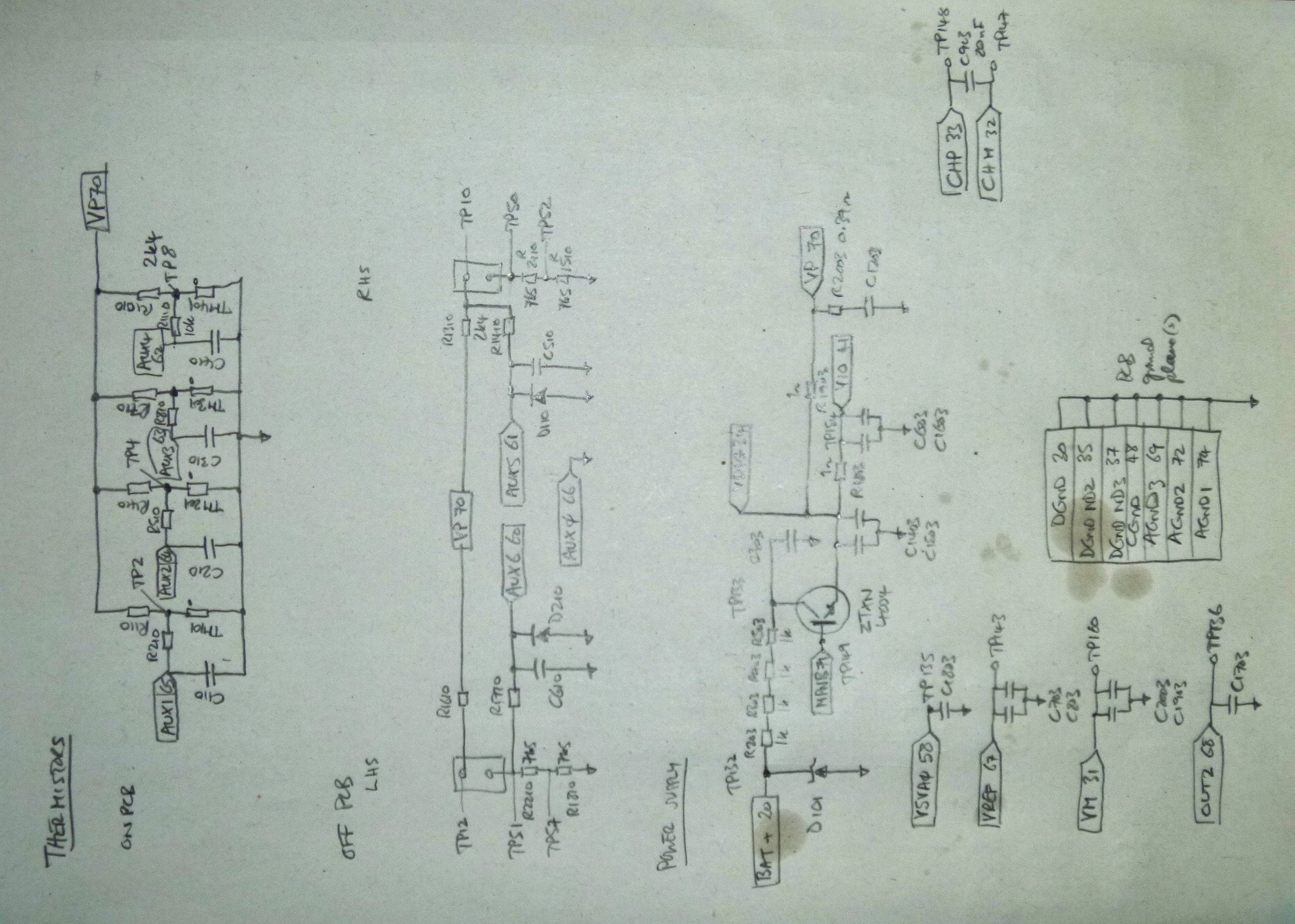Other Parts Discussed in Thread: BQ76PL455EVM
I'm using The BQ76PL455EVM with some BQ76PL455A-Q1 boards manufactured by LG Chem and supplied with their 16 Li cell 30 Ah batteries. The software is on a Samsung PC running Windows 7. In a stack of 2 (EVM + LG), all 4 boards are correctly identified and given board addresses, but two of them throw up errors "Board communications at address 1 can no longer be found. Check communication connections. repower all boards. Close & restart this tool". I've tried this, but there's no change. If I ignore this and run the auto-address again, I get different errors like "Comms timeout" or "An error has occurred: Conversion from string &H to type 'Integer' is not valid" . It's not clear to me yet whether the error boards are faulty or whether the registers are incorrectly set as I can't access or modify them. My original diff. comm link was with ribbon cable, 1.5 mm spacing. I replaced it with two twisted wire pairs (COMMX+- and FAULT+-) 150mm long, but still no improvement.
The two other boards work OK and I can poll the cell voltage data and read their registers, so I don't think it's a connection problem. However, when I connect them up as a stack of 3 (EVM + LG +LG) I get "An error has occurred: Conversion from string &H to type 'Integer' is not valid" or e.g. "CRC error 45CA received, 9445 expected" and can't read the registers or poll for cell voltages.
I discovered that the LG boards aren't wired quite as recommended in the data sheet: VIO is not connected to VP (through 1 ohm resistor) and RX is tied to VIO through a 100k resistor; the WAKEUP pin goes to ground through 100k. I have modified them as recommended, but there's no improvement.
Any help you can give would be much appreciated.
NH



